This week we conclude our travelogue series to walk you through my 2018 Morocco Tour & Workshop, as we finish up our shoot of the camels in the Sahara, then photograph some wonderful characters before ending our trip with the Portuguese Cistern at El Jadida.
[download id=”54884″]
In the previous episode we looked at a number of photos of the camel handlers with their turbans blowing in the wind as well as leading their camels through the dunes in the Sahara Desert. To stick to our ten images per post though, we left the last couple of images from this shoot until this week, so let’s jump right in and look at these now.
Camels at Sunset
We’d waited until the sun was on the horizon for our last few shots, of which this is one of my favorites. You can see now why it wasn’t such a bit deal that three tourists had ridden their own camels across the brow of this sand dune, as it was pretty much going to be a silhouette by the time we shot it anyway.
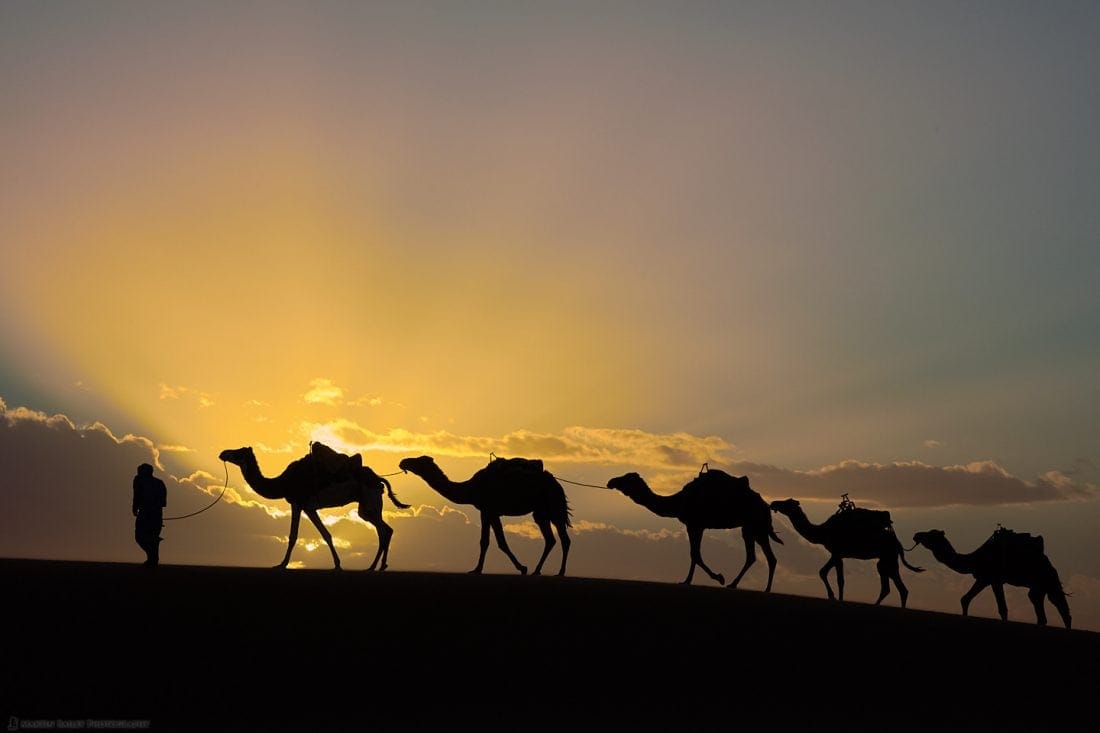
Although I’m not very good in automated shooting modes, because we were sometimes shooting into the sun like this, and other times shooting away from it, I do work hard to get used to using Aperture Priority with Auto-ISO in situations like this, and it leads to some nice silhouettes as the camera darkens down the exposure to avoid blowing out the sunset.
I also set the camera to keep my shutter speed relatively high to avoid camera shake, and to capture the walking camels, so it all came together with a shutter speed of 1/250 of a second at f/13, with the ISO at 200 and a focal length of 97mm.
Rock the Kasbah
As the sun went down, we had the camel handlers walk across this dune a few times, and moved around a little for a slightly different perspective. For this last shot of the camels I went a little higher to include the top of what looks like a Kasbah, although in reality I think it is the lodge that we’d stayed in on the previous night before moving to our luxury tents a few hours before this shoot.
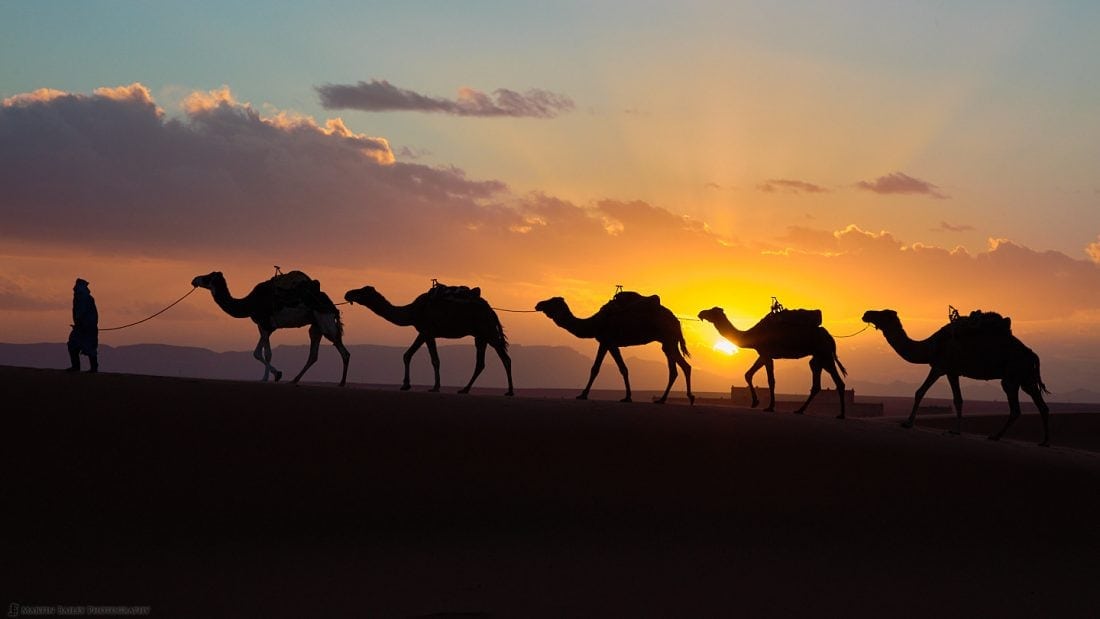
As there was a lot of clear sky above the line of camels in this photograph, I decided to crop it down to a more cinematic 16:9 aspect ratio, which I quite like. The settings for this were a 1/250 of a second at f/13, with an ISO of 640 and a focal length of 97mm. For both of these images I was using my Canon EF 24-105mm f/4 Mark II lens.
After spending the night in the Sahara, the following day we drove back through the dunes in our four-wheel drive vehicles, and switched back to our bus to continue our journey.
Man in the Well
Shortly after starting our drive, we stopped for a shoot that I’d been looking forward to since last year. We visited Karim again, the man who poses for us down an irrigation channel with a well hole, through which beautiful light pours for what I think are incredible photographs.
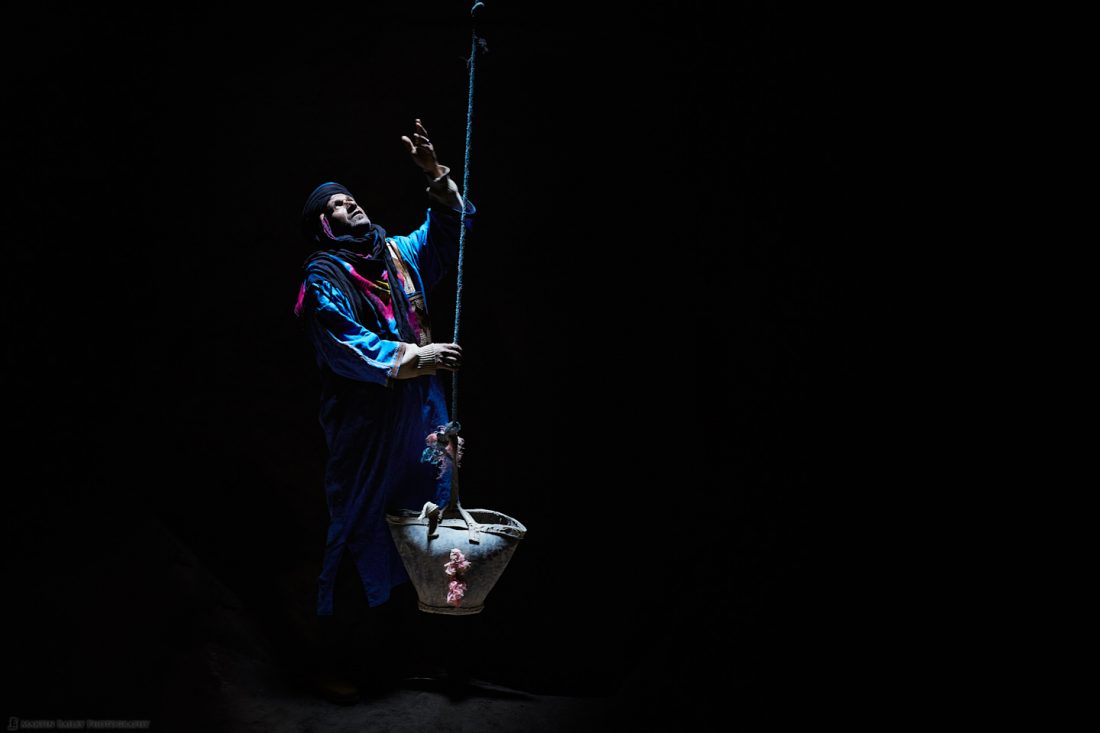
I actually shot most of my images down here in portrait orientation, including this one, but with this I’ve taken it into Photoshop and extended the canvas so that it is a 3:2 aspect ratio in landscape orientation, and then selected the two areas to either side of the original photograph, hit the delete key, and then had Photoshop fill in the sides with Content-Aware Fill. With it being so dark I just had to clean up a few artifacts to get a landscape orientation version, which I really like.
Because it’s so dark down this well I was also looking forward to using my 85mm f/1.4 L lens down here, which I opened up to f/2, so it was letting in two stops more light than my f/4 lens does wide open. This enabled me to capture a brighter image than last year, although my ISO was still at 6400, at 1/20 of a second.
Aït Benhaddou
We ended the day at Ouarzazate, where we had a quick shoot of the beautiful fortified town of Aït Benhaddou before heading to our hotel for the night. We went back the following morning, when I shot this image with the warm morning sun bathing the town.
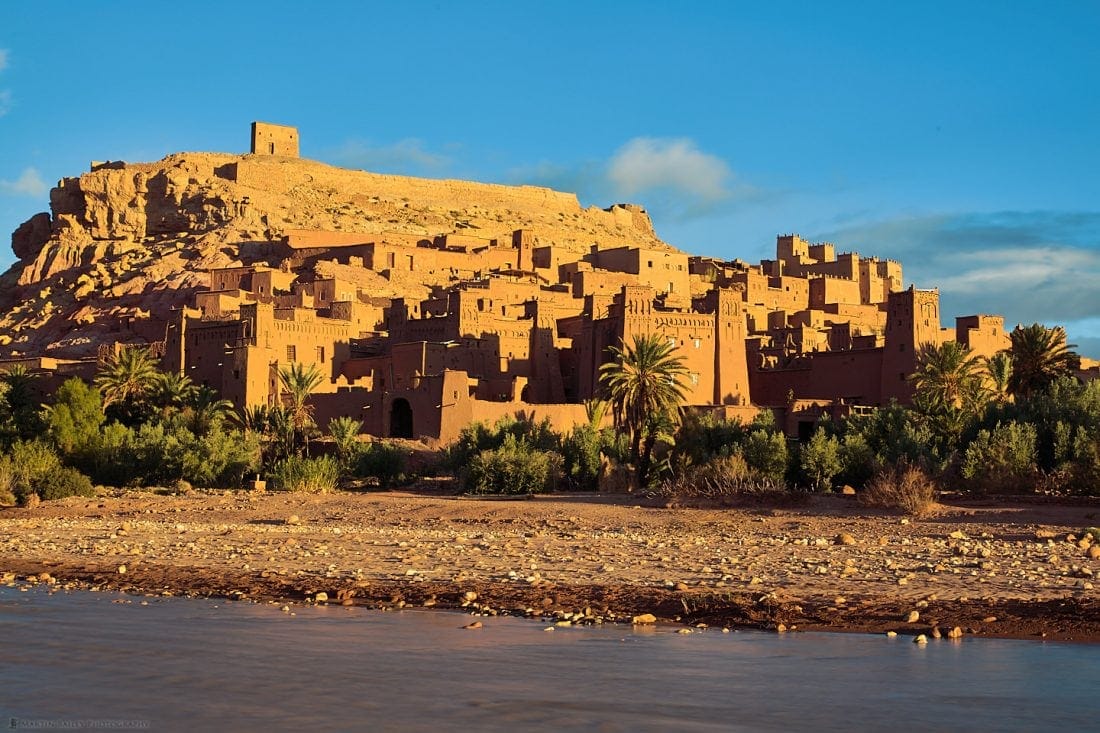
I used a 6 stop neutral density filter for a 2.5 second exposure to make the water in the river smooth over a little, although we hardly notice that in the photograph with the fortified town being so vibrant. I’d set my aperture to f/14 and ISO to 100 with a focal length of 56mm.
Moroccan Man in Window
When we got into the town itself, our guide arranged a few
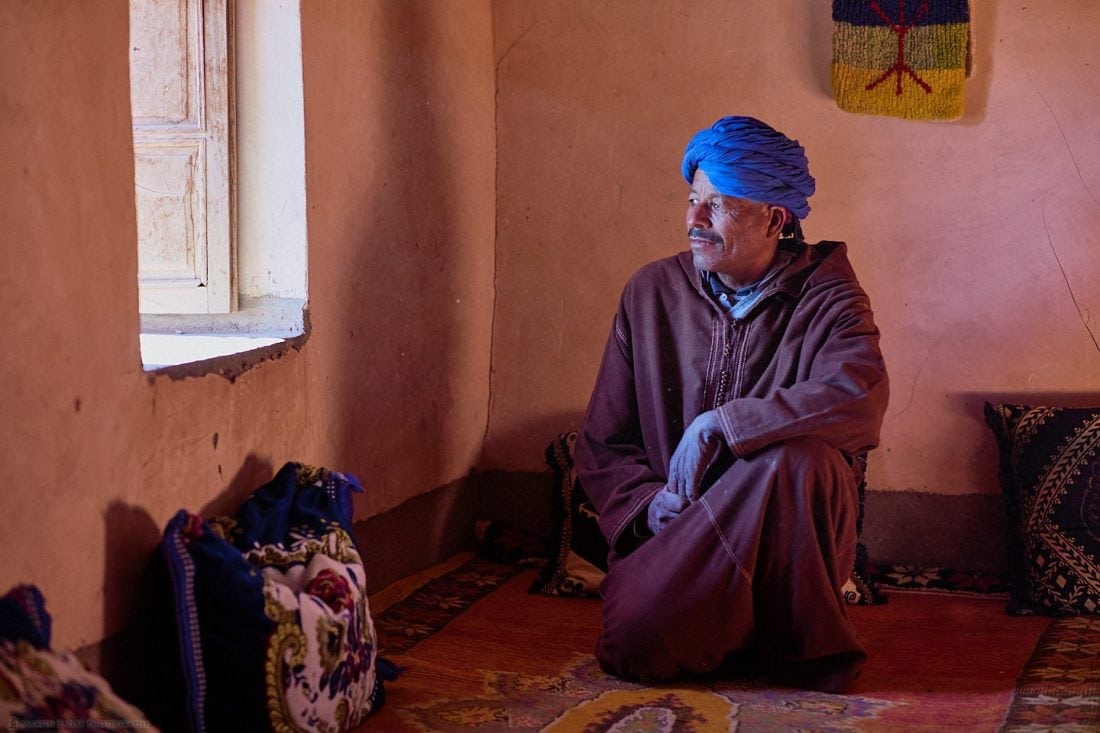
Running with my semi-automated shooting modes, the shutter speed was a little higher than necessary here at 1/320 of a second, but I’d opened up the aperture to f/2.2, and these settings gave me an ISO of 2000 at a focal length of 85mm. With all the rustic red shades in this image, one of my favorite parts is the man’s blue turban, which is a nice color contrast against the reds.
Mr. Mohammed
I had also been really looking forward to revisiting the gentleman in the next few photographs, as his images were some of my favorites from last year’s trip as well. This is Mr. Jamal Eddine Mohammed who lives in this ancient town and has appeared as an extra in many movies shot here too.
He’s a wonderful character and great looking gentleman to photograph. When I told him that I thought he looked like Sir. Alec Guinness, he smiled and then reeled off a string of other actors names who he’s been told he looks like, and they were pretty much all in there in his rugged good looks.
I framed this up with him directly in front of the dark area of a gateway at the foot of his house, but I used my 85 mm lens opened up to f/2.5 to give me a nice shallow depth of field and some separation between him and the background. This also resulted in a shutter speed of 1/250 of a second and my ISO was at 125.
Inside an Adobe Building
We also went back into the adobe building that we’d photographed Mr. Mohammed in last year as well, and although I have another great shot of him close up, looking up into the light again, here is a wider framed image showing him in his environment, with the dusty Tajine pots lined up along a ledge.
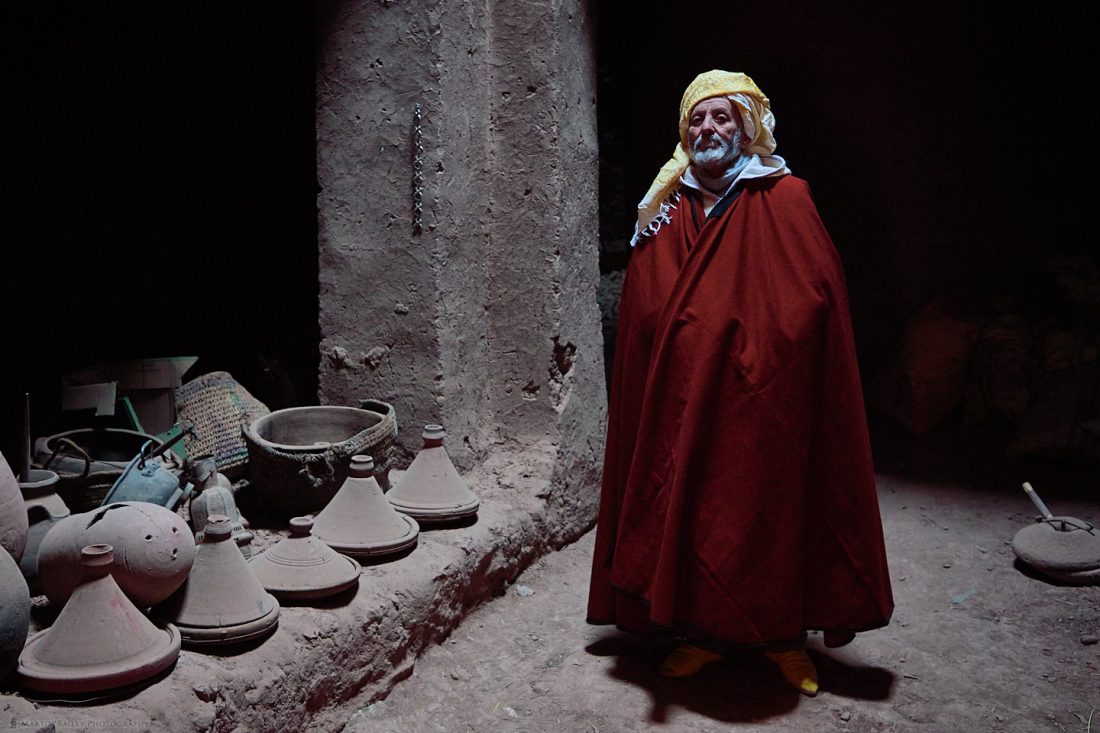
Once again the dark conditions resulted in my ISO going up to 6400, the maximum that I set for my Auto-ISO range, and my shutter speed was then forced down to a 1/20 of a second exposure at f/4, and my focal length was at 35mm.
As I’ve mentioned many times though, it’s better to let your ISO go higher and record a brighter image than to resist the higher ISO resulting in a darker image, because brightening up a dark image introduces more grain than the higher ISO does.
Marrakesh Waterman
After our shoots at Aït Benhaddou, we continued our journey to Marrakesh, the last place that we’d spend two nights at before heading back to Casablanca via El Jadida.
To be completely honest with you, I’m not a huge fan of Marrakesh. I find the people to be more aggressive than the rest of Morocco, and even just getting out an audio recorder to record the ambient sounds of the market square there instantly resulted in two young men rushing over to hold out their hats for tips.
On the other hand, if you prearrange a shoot with people, as our guide did the morning after we arrived, with a number of the watermen, you can still get some nice shots. For me this year, this image of an aged waterman with a great toothy smile is about the only shot from Marrakesh that has made it to my final selection.
These watermen are fun to shoot, as they are colorful and have a certain showmanship element, although I do wonder if people actually ever drink their water these days, with it being so much more available than it would have been when this
My settings for this shot were a 1/200 of a second exposure at f/4, and my ISO was at 100 with a focal length of 105mm.
Portuguese Cistern of El Jadida
The following day, we drove over to the coast to a town called El Jadida, for the final real highlight of the tour, which is a visit to the old Portuguese Cistern there, as we can see in the final few images for this series.
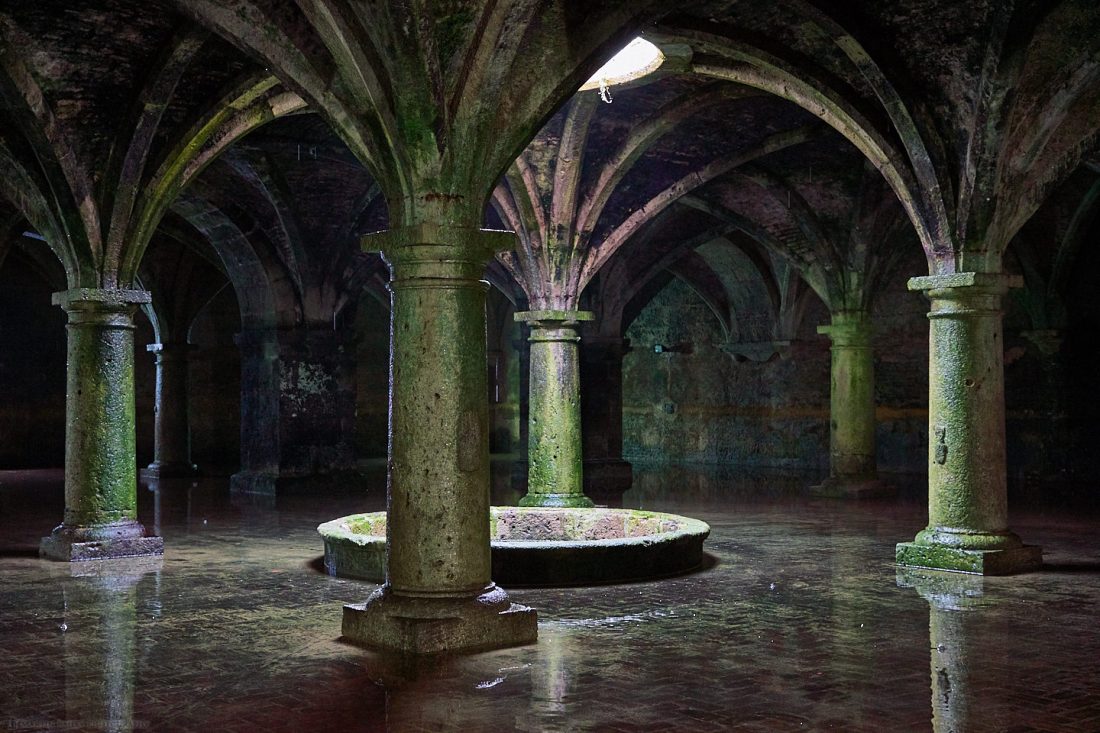
I’d negotiated to allow us to take and use one tripod inside the cistern, so with my Arca Swiss standard Really Right Stuff quick release clamp on my tripod, and the fact that many guests had compatible plates and brackets on their cameras, we took my tripod in.
I of course let all the guests that wanted to use it do so for as long as they wanted, so the above image was shot at ISO 5000, as I continued to do most of my shooting handheld. It works fine though, and unless you zoom in to 100% and inspect the shadows you can’t really see any grain. Even printed this would look fine as grain shows up even less in prints.
This is a wonderful rugged environment that I really enjoy photographing. I generally just expose to the point that the highlights in the
I made a few more exposures after getting my tripod back to use before we left, and this is one of the resulting images, so at ISO 100, for a ten-second exposure at f/14. It’s hard to tell the difference without really jumping in and inspecting the shadows, but it is a slightly cleaner image.

My focal length was 35mm for this final photo of this travelogue series. After this, we drove for a few more hours up the coast back to Casablanca where we’d started our trip almost two weeks earlier.
By the time we got to our hotel and recorded
Luckily I made it back to Japan OK, although a little worse for wear, and it took me another ten days and a seven-day course of antibiotics to fully recover, but I did really enjoy this year’s Morocco tour, once I got in after my fiasco with the customs officials on arrival.
Anyway, here is the recording from each of the guests. (Use the player above to listen to the audio.)
To follow up on the comment made by Ken at the start of these comments, it turns out that the Japanese Rugby Team have the nickname The Cherry Blossoms, which Ken had pointed out early in the tour and reminded me of a number of times, often accompanied by copious amounts of laughter from the group. I’m never going to live that down!
A Happy New Year for 2019!
Before we finish I’d like to wish you all a very Happy New Year as 2018 draws to an end, and we start 2019 with hope for a peaceful, safe and fruitful year ahead.
Show Notes
If you buy using the gear links in this post you help to support the podcast at no extra cost to yourself. Thank you!
Audio
Subscribe in iTunes to get Podcasts delivered automatically to your computer.
Download this Podcast as an MP3 with Chapters.
Visit this page for help on how to view the images in MP3 files.

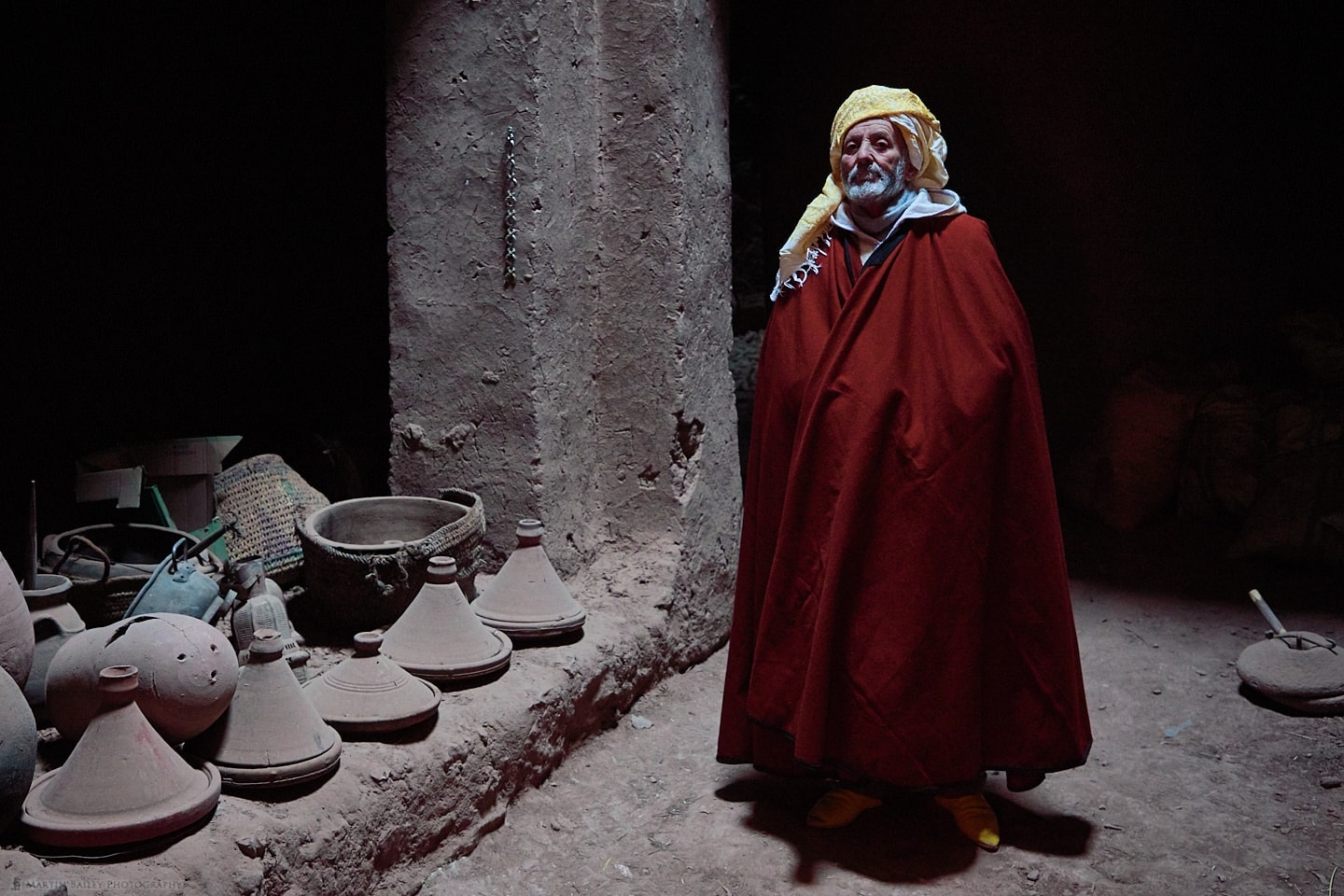
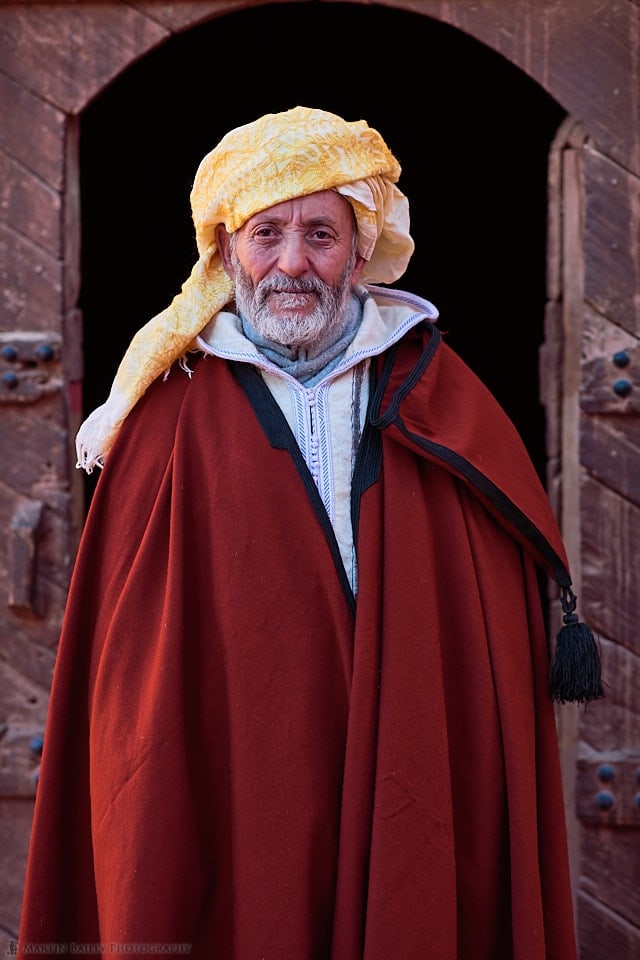


Happy New Year Martin!
Thanks! A very Happy New Year to you too Mark!
Thank you for sharing your great work!
Happy New Year!
Thank you, Eric, for stopping by and checking it out.
A very Happy New Year to you too! All the best for 2019.
Regards,
Martin.